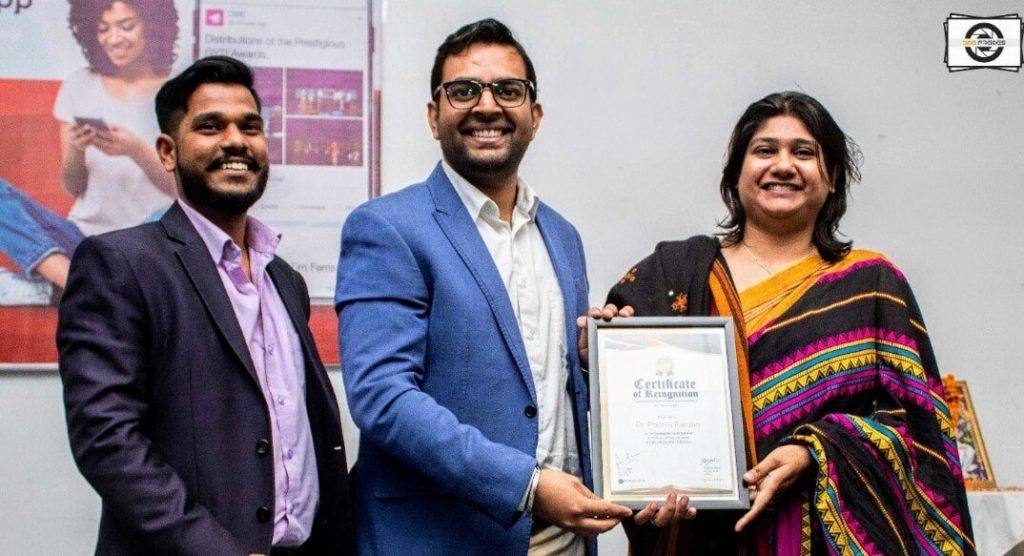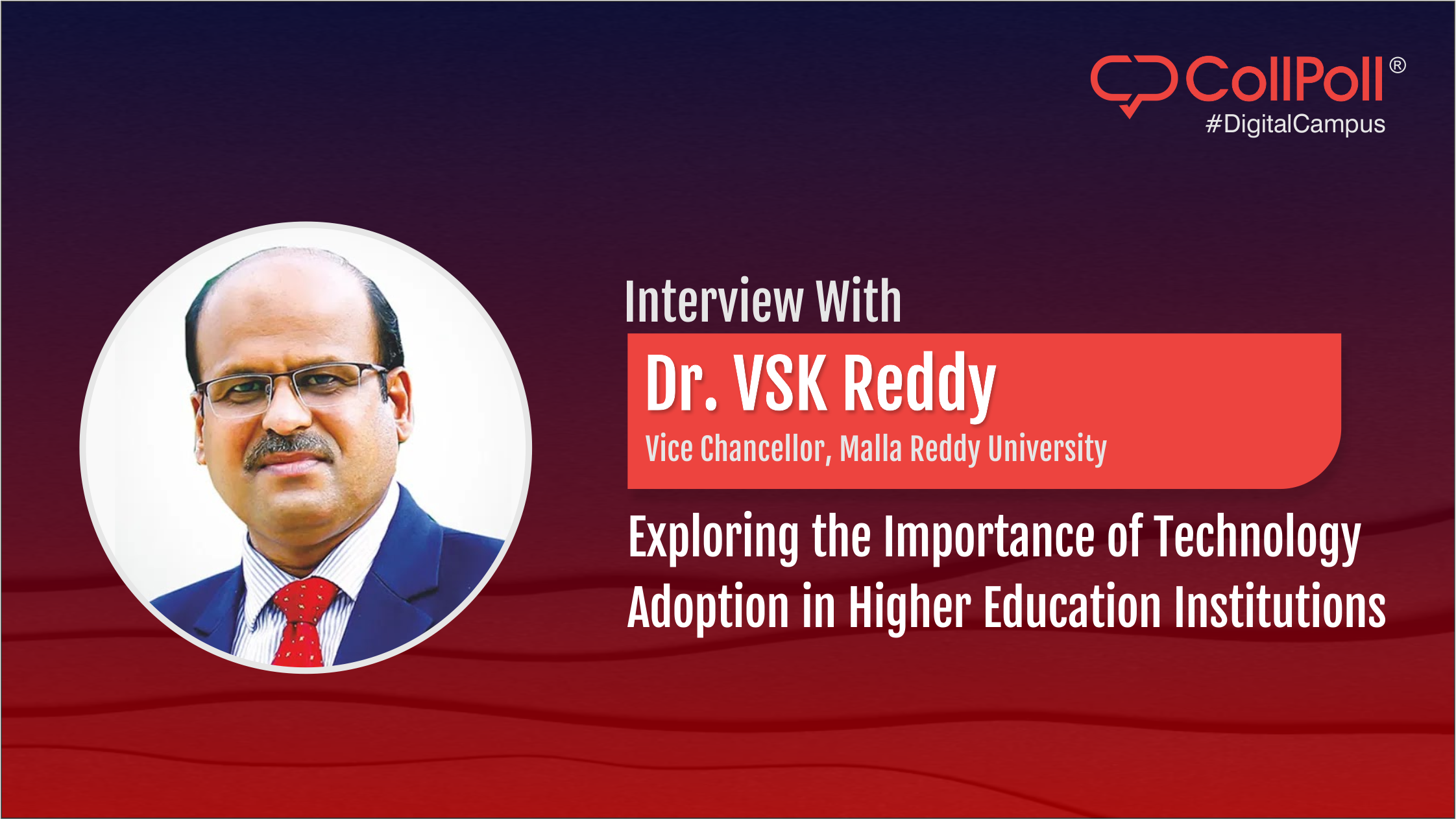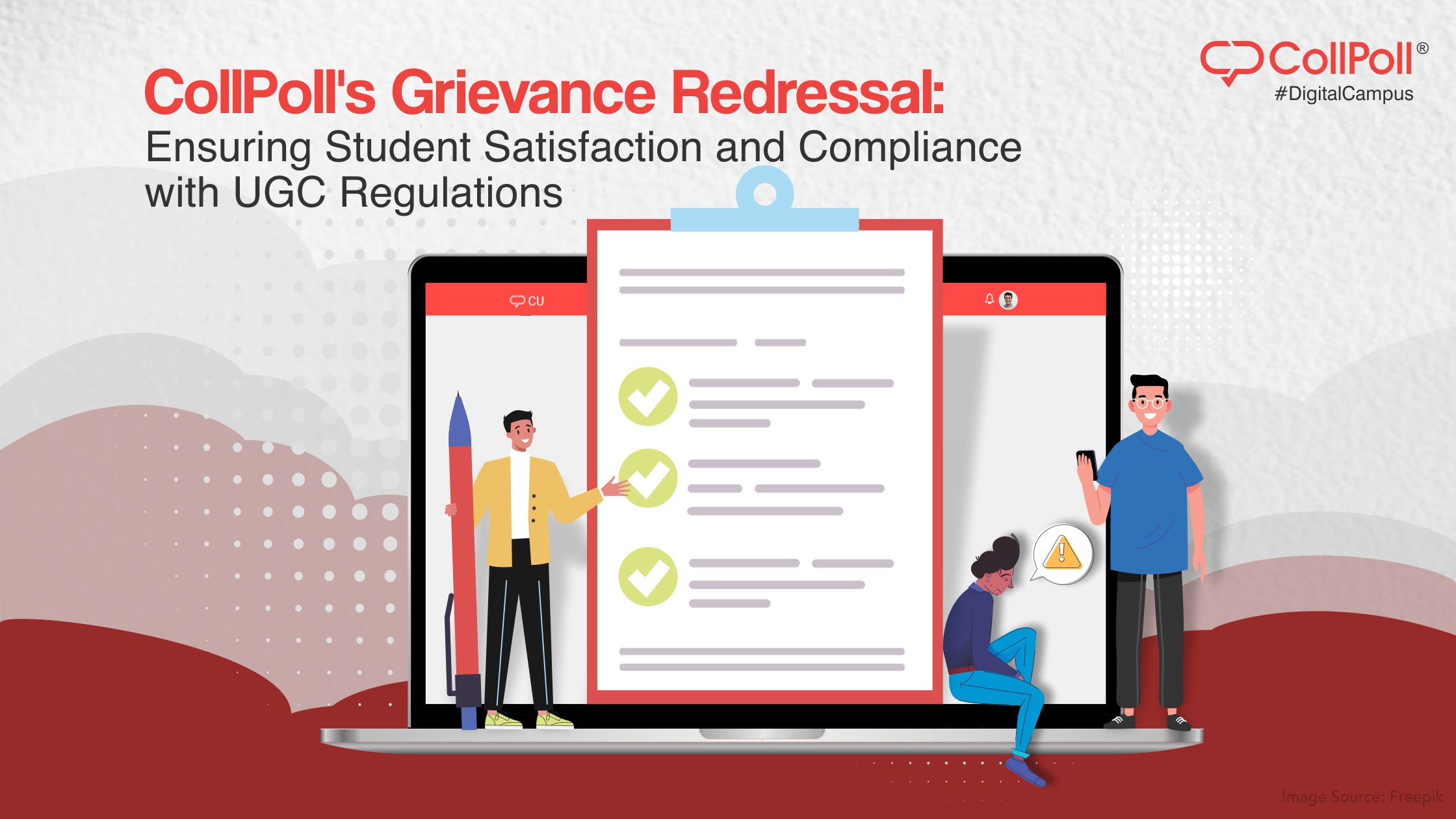Great Teams make Great Organisations. This will hold true for digital education too. Educational Institutions who fail to build great technology teams will miss the boat. Results will show up in the next 12 – 18 months. The Countdown has just begun!
With the aim to raise awareness about the importance of good technology leaders and share their knowledge with education stakeholders, CollPoll is excited to launch the “EdTech Heroes” series where we feature edtech leaders who have inspired us.

In the second story of this series, we feature Dr. Poorva Ranjan, Head (Mentoring) and Professor – Delhi Metropolitan Education
What motivated you to work at the cross-section of education and technology?
There are a lot of new things happening in the academic world, especially driven by technology. One can’t ignore these new innovations. Going beyond the physical setup of the classroom has its own advantages. Several non-teaching activities such as attendance and assignment management, among others are important but time-consuming if done manually. If we introduce technology solutions for such tasks, we can invest more time in teaching, research and innovation. It is this impact of education technology that motivated me to explore this space.
One successful initiative you are very proud of
I initiated many new things at DME to start with the revamping of website, accelerating social media handles and building professional setups, streamlining email management, etc. I am most proud of initiating CollPoll Enterprise Platform at DME Campus and being part of the entire process. It has been very challenging yet fulfilling experience right from evaluation to implementation of the solution.
Two tactics you have often applied to overcome resistance to a new idea
1. Generally, it works to inform what competitors are doing. A natural tendency is to be a step ahead of your competition and establishing a stronger value proposition with your stakeholders.
2. Another way is to figure out a way to let them experience the new technology themselves. Once they experience the value, it becomes easy to implement at scale.
One thing you would want to change at educational institutions
I feel there should be mandatory training programs in various technology skills to empower faculty members. Once they are well trained, they naturally become more open to new technology-based solutions. Edtech solutions can be excellent but if relevant stakeholders are not adequately supported, there will be either delay in implementation or failure.
At the same time, the senior management must be willing to make an investment in ed-tech solutions.
What makes good technology?
Any technology which solves a real pain point in simple and affordable way is a good technology according to me.
Top 3 factors in successful technology implementation at an educational institution
1. Supportive Senior Management
2. Active and Assertive Faculty Leader – a bridge between EdTech Partner and Institution
3. Faculty members willing to get trained and come out of comfort zone to adopt technology
If you had an opportunity, one idea which you would want to work in edtech
It would be wonderful if we can measure and improve the Emotional and Mental Health of students and faculty members. Perhaps a way to capture real-time data on student’s attention and engagement in the class, so that faculty members can understand students at deeper levels and personalize their interactions. Physical classrooms and in-person interactions have this advantage. Virtual environments are good to be connected but can get transactional many times. We have to work on making virtual environments more emotionally engaging.
Your prediction about education technology in the next 1 year
Edtech Revolution is happening at a rapid pace. So can’t really predict something. I see artificial intelligence being leveraged at all the levels – admission to academics to placements. However, I strongly believe that nothing can replace an inspiring, empathetic teacher and hence whatever we do, we have to keep them at the centre.





